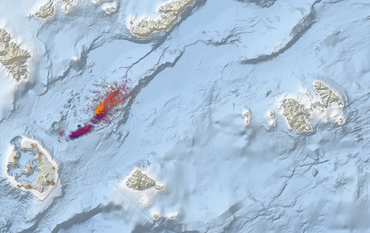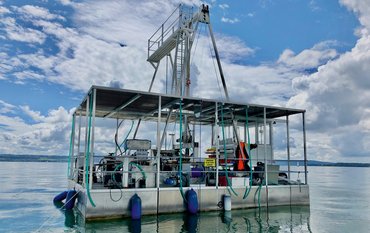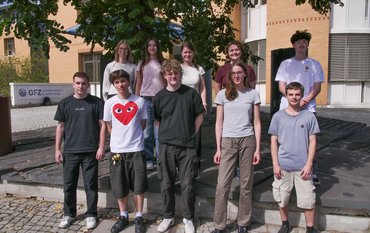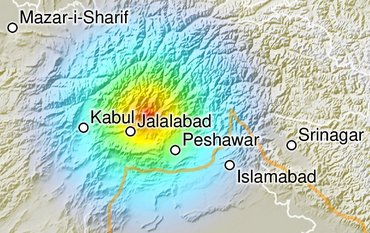Status on 25. April 2025 – 14:00
The events on 23. April 2025
An earthquake with magnitude Mw 6.2, as measured by the GEOFON programme of the GFZ Helmholtz Centre for Geoscience, shook the city of Istanbul on Wednesday morning, 23 April 2025. The epicentre of the quake, which struck at 11:49 CEST (12:59 local time), was located at a depth of approximately 10 kilometres, around 60 kilometres west of Istanbul in the Sea of Marmara. Just 13 minutes later, another quake measuring Mw 5.3 struck directly south of Istanbul, around 40 kilometres away. Currently, more than 200 people are reported injured.
The first earthquake with a magnitude of 6.2 occurred in the central part of the Sea of Marmara at the transition point between a slowly and ‘aseismic’ creeping part of the earthquake zone towards the west and the completely locked area to the east towards Istanbul. The fact that an earthquake measuring 5.3 occurred shortly afterwards south of Istanbul indicates that there have been stress redistributions that have increased the likelihood of further earthquakes in that area.
“On 26 September 2019, a similarly strong earthquake measuring Mw 5.7 occurred at a similar location in the central Marmara Sea. The 6.2 earthquake extends the fault zone from that time, also in the direction of Istanbul. This is demonstrated by the more than 200 aftershocks that have occurred so far. Overall, this fault line has enough energy stored to cause an earthquake with a magnitude of up to 7.4. Such an earthquake would cause tremors around 60 times stronger than that of magnitude 6.2,” explains Marco Bohnhoff, head of the GFZ Geomechanics and Scientific Drilling section at the GFZ.
Another important observation of the current sequence of earthquakes is that the main earthquake, which had a magnitude of 6.2, was preceded by a foreshock about half an hour earlier. The foreshock had a magnitude of 3.9 and follows several previous moderate earthquakes with foreshocks in the Istanbul region. Identifying such foreshocks as indicators of impending stronger earthquakes is the subject of current research with the aim of extending the warning time for earthquakes. The early warning time for Istanbul is limited to a few seconds due to the very short distance between the city and the fault zone of only about 20 km.
Assessment of further developments: Two possible scenarios
“We are monitoring the situation very closely. Today's earthquake is the most severe in the region in over 25 years. The focal mechanism, with a right-lateral offset, indicates that the earthquake occurred on the main fault. At this point in time, there are two scenarios: either the immediate region is now relaxed for the time being and the seismicity is slowly subsiding, or the stress redistribution caused by the earthquake increases the probability of a larger earthquake in the region. We are conducting further data analysis. The Turkish disaster control agency AFAD, our central cooperation partner in the GONAF project on site, is responsible for official forecasts.
General geological situation in the Istanbul region
The region around the Sea of Marmara near Istanbul, a megacity with more than 16 million inhabitants, has one of the most hazardous geological structures in the world. The North Anatolian Fault separates the Eurasian and Anatolian tectonic plates over a length of more than 1,000 kilometres from Eastern Anatolia along the Turkish Black Sea coast and through the Sea of Marmara to the northern Aegean Sea. Since the beginning of the 20th century, more than 20,000 people have died there in strong earthquakes with magnitudes greater than 7. The area below the Sea of Marmara south of Istanbul is the only area along the entire plate boundary that has not generated a strong earthquake for over 250 years. This is the average time between very large earthquakes in the region, based on past observations. Accordingly, an earthquake with a magnitude of up to 7.4 is overdue there.
Further information: Geophysical Observatory on the Anatolian Fault – GONAF (www.gonaf-network.org)
The Anatolian microplate is a key region for investigations focusing on earthquake mechanisms, the interactions of seismicity at the plate level, and complex deformation processes at transform plate boundaries. At the northern edge of the Anatolian microplate, the North Anatolian Fault Zone (NAFZ) is one of the most important continental transform faults on Earth, forming a plate boundary more than 1,000 kilometres long with a significant earthquake hazard. Large parts of the Marmara Sea south of the megacity Istanbul form a so-called seismic gap along a fault segment more than 100 kilometres long. This means that there have been no severe earthquakes in this gap for a long time and that tension is therefore building up there. Using a high-resolution seismic borehole array around the eastern Marmara Sea (north-western Turkey), the work of the integrated plate boundary observatory is focusing on this fault segment. We hope to gain new insights into the physical processes that occur before and, if necessary, during and after a strong earthquake (M>7), as well as to redefine and calibrate earthquake models and carry out hazard assessments for the megacity of Istanbul in near real time. In this way, we are contributing to Istanbul’s early warning system.
Related publications:
Chen, X., Martínez‐Garzón, P., Kwiatek, G., Ben‐Zion, Y., Bohnhoff, M., Cotton, F., Rupture Directivity of Moderate Earthquakes Along the Main Marmara Fault Suggests Larger Ground Motion Towards Istanbul. Geophys. Res. Lett., 52, e2024GL111460.
https://doi.org/10.1029/2024GL111460, 2025
(> Press release)
Martínez-Garzón, P., Beroza, G.C., Bocchini, G. M., Bohnhoff, M., Sea level changes affect seismicity rates in a hydrothermal system near Istanbul. Geophys. Res. Lett., 50, e2022GL101258. https://doi.org/10.1029/2022GL101258, 2023.
(> Press release)
Becker, D., Martínez-Garzón, P., Wollin, C., Kılıç, T., Bohnhoff, M. Variation of fault creep along the overdue Istanbul-Marmara seismic gap in NW Türkiye. Geophys. Res. Lett., 50, e2022GL101471. https://doi.org/10.1029/2022GL101471, 2023.
(> Press release)
Malin, E.P., Bohnhoff, M., Blümle, F., Dresen, G., Martínez-Garzón, P., Nurlu, M., Ceken, U., Kadirioglu, F.T., Kartal, R.F., Kilic, T., Yanik, K., 2018. Microearthquakes preceding a M4.2 Earthquake Offshore Istanbul. Nature Scientific Reports. DOI: 10.1038/s41598-018-34563-9
Further information:
- GFZ Earthquake Explorer: details on the Mw 6.2 earthquake
- GFZ Earthquake Explorer: details on the Mw 5.3 earthquake
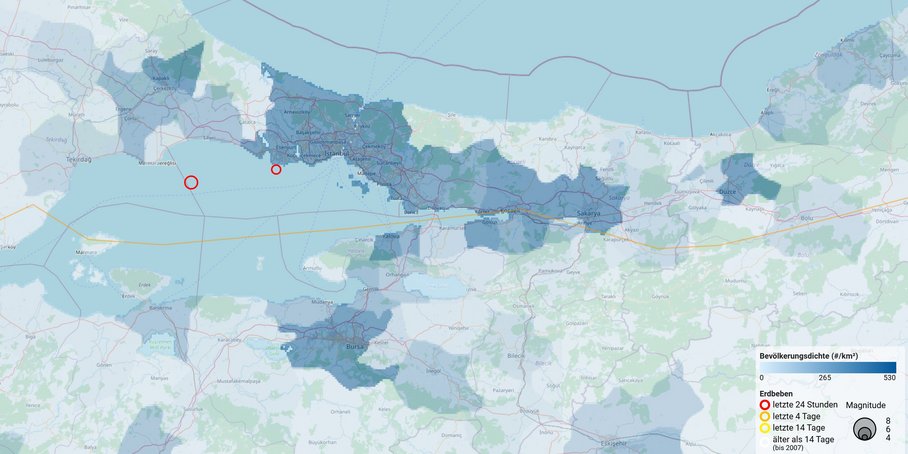
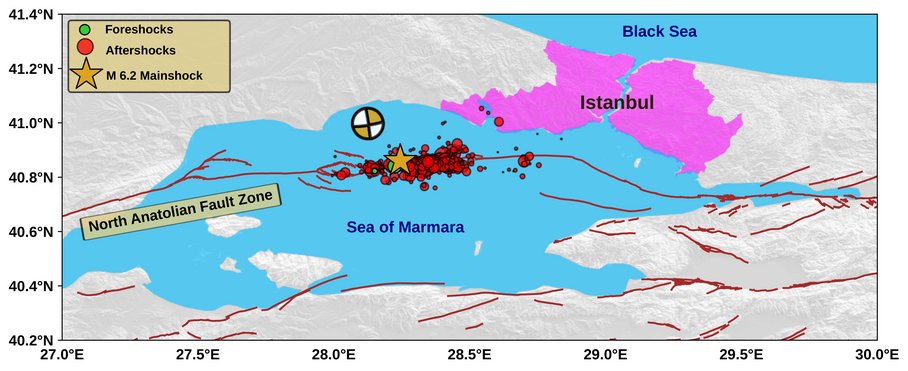



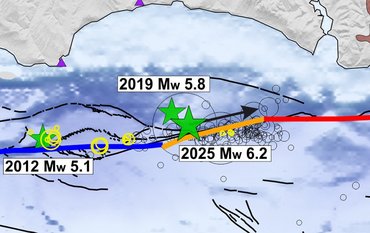
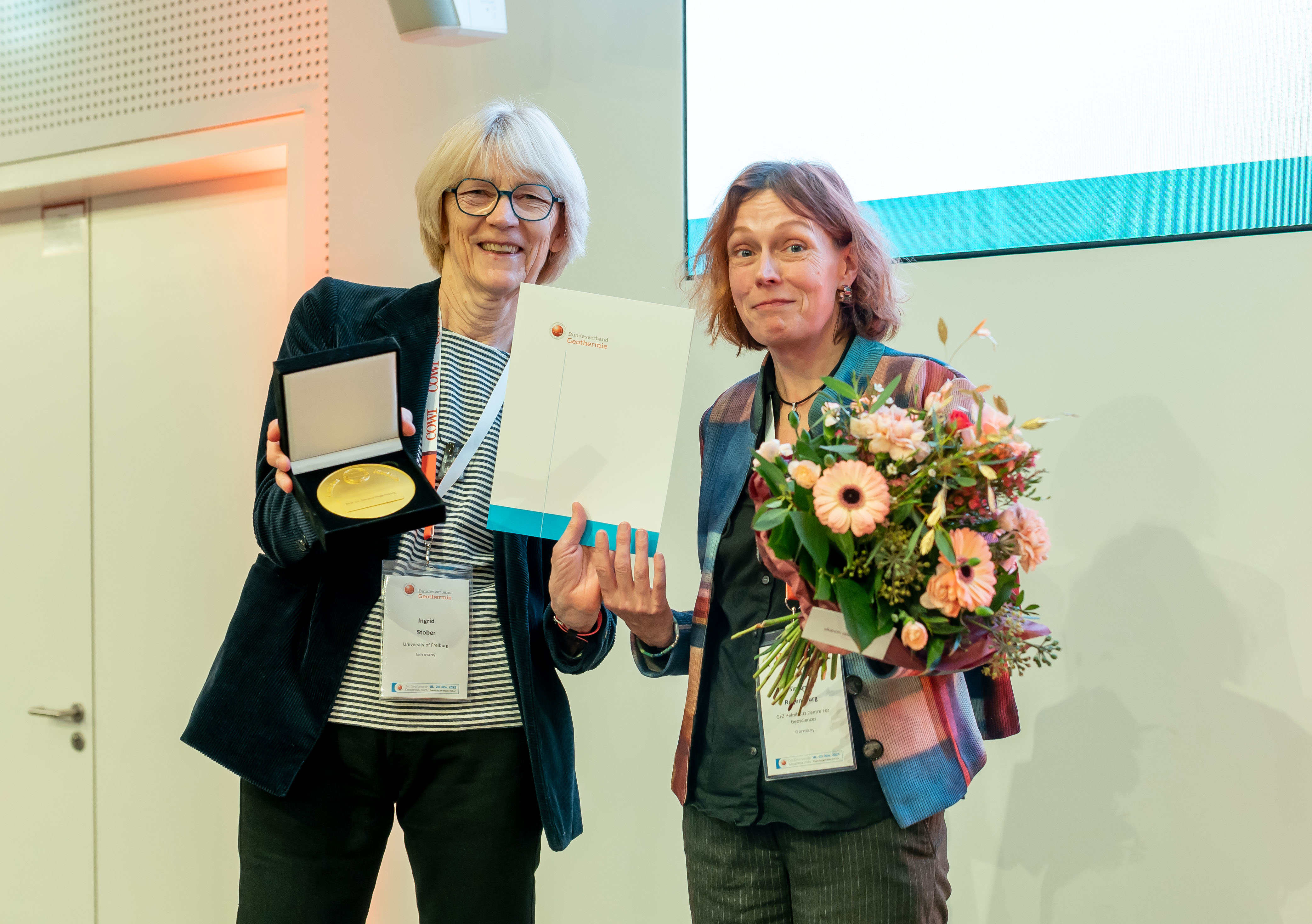


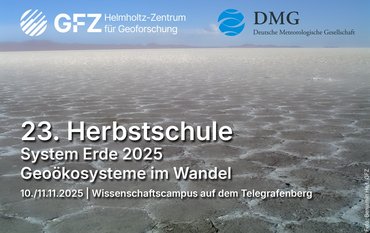
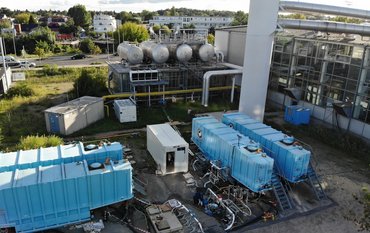
![[Translate to English:] Group photo with 8 people in a seminar room in front of a screen.](/fileadmin/_processed_/2/1/csm_20251114_News_EU-Water-Resilience-Exchange_Kreibich_c-xx_db4e5be690.jpeg)
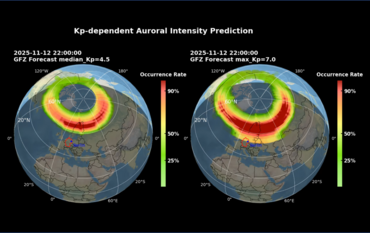


![[Translate to English:] Portrait photo, blurry background](/fileadmin/_processed_/a/2/csm_2025_11_06_JEAN_BRAUN_HE_Helmholtz_Portraits-23_2b5c35beee.jpeg)

![[Translate to English:] Excerpt from a map of the Phlegraean Fields near Naples, Italy: Left: Red dots mark smartphone sensors, yellow triangles mark fixed seismological stations. Right: The area is coloured in shades of yellow, red and purple according to the amplification of seismic waves.](/fileadmin/_processed_/3/b/csm_20251028_PM_Smartphone-Earthquake_Slider_12500fa0e6.jpeg)

![[Translate to English:] Green background, portrait of Heidi Kreibich](/fileadmin/_processed_/1/1/csm_20251023_Kreibich-Heidi-2025-Vollformat-green_web_-c-Michael-Bahlo_72946c7fe4.jpeg)
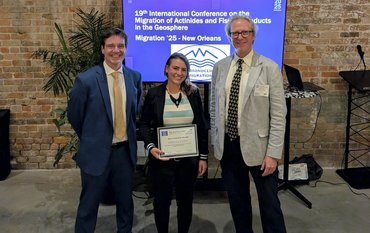
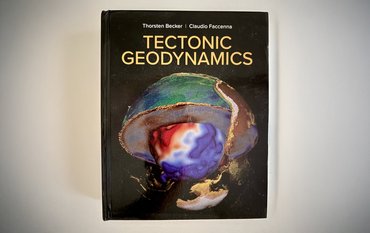

![[Translate to English:] semicircle depicting the future missions, graphics of the new satellites](/fileadmin/_processed_/3/d/csm_2025_10_08_Copernicus_Erweiterung_3f08a76a33.png)
![[Translate to English:] Portrait picture](/fileadmin/_processed_/f/4/csm_Magnall-Joseph-Kachel-c-privat_36e23315c3.jpeg)

